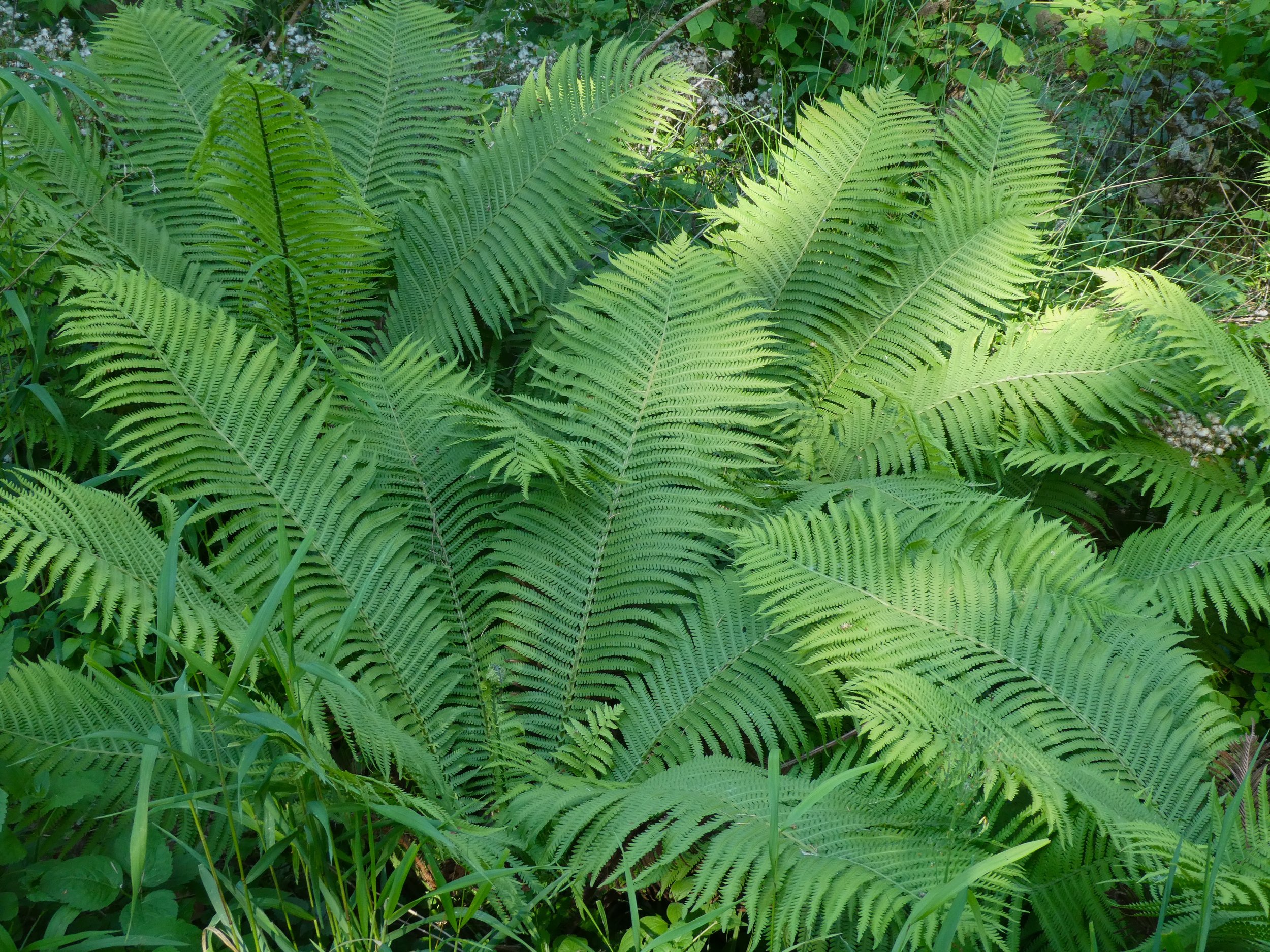
What Can a Native Landscape Do For You?
Lower Maintenance
When established, native plants usually require very little maintenance, saving you lots of time and energy. You won’t need to worry about:
-Frequent watering
-Fertilizing
-Applying pesticides
-Periodic trimming
They have also spent thousands of years adapting to their local environmental conditions, which means that they typically have better disease resistance and weather resistance than non-native plants.
Did you know: An average person spends around 40 hours a year using their lawn mower, the equivalent of one work week. Think of all the extra time you could spend enjoying your yard instead of maintaining it.
Environmental Connection
Native landscapes help people live healthier lives. Many lawns need pesticides or synthetic chemicals, which may be harmful to humans and nearby bodies of water. Native plants also encourage stewardship of our planet and its natural resources.
Studies have shown that plants have beneficial effects on physical and mental health. Being in nature can:
-Improve mood
-Decrease stress and anxiety
-Lower blood pressure
-Reduce muscle tension.
A native garden provides a variety of colors and textures throughout the seasons to produce a more aesthetically pleasing space than a monoculture of grass.
Green areas drive a greater sense of community and can help people be friendlier.
Did you know: An average lawn uses up to 10x more chemical pesticides per acre than farmland.
Investment Into Your Home
Native Landscaping will increase your property value and make your house more appealing on the housing market.
Because native plants are very low maintenance, they will save you money over time. You won’t need to spend money on water, nor will you have to buy gasoline for mowing a lawn mower or chemicals to preserve it.
Additionally, having trees around your home can reduce your heating and cooling bills by shading out the sun and sheltering winter winds.
Deer Resistance
Many suburban areas have seen a dramatic increase in deer populations. Unfortunately, this leads to many ornamental plants and flowers being eaten. If deer are an issue where you live, don't worry: There are many native plants to choose from that deer know to stay away from.
Storm Water Management
Lawns and hardscapes alter the landscape to create more runoff that can cause temporary flooding. There are many choices of plants that can withstand periodic flooding (and even drought). In addition, the deep roots and excellent water storing abilities of certain plants can reduce the severity of floods and storm runoff.
Heavy Clay
Urbanization, erosion, and deforestation have taken away important and productive topsoil, leaving behind a dense layer of clay. A variety of native plants can grow in compacted soils and can even help naturally remediate this problem over time, by breaking up heavy clay and introducing organic matter into the soil.






